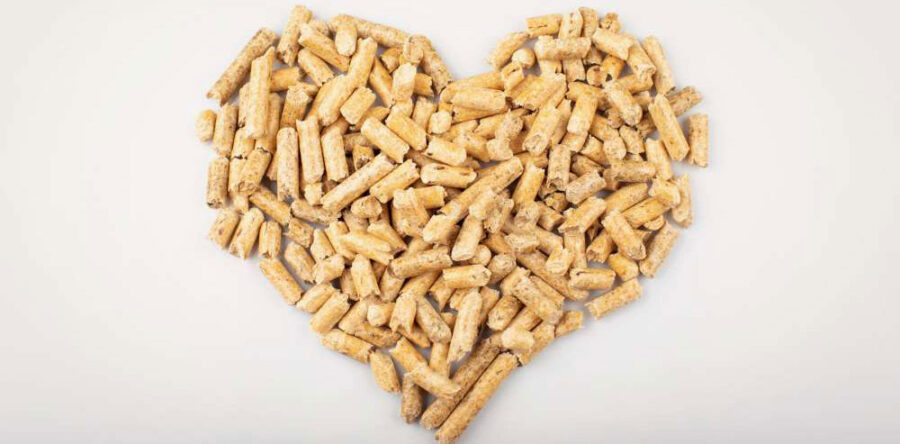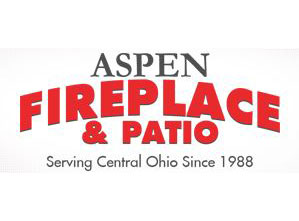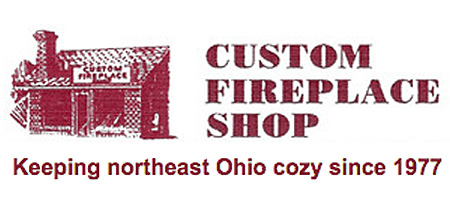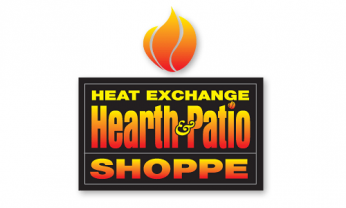Wood pellets are nothing new. The oil shortage in the mid 1970’s marked the beginning of heating with pellets.
Their popularity has been steadily increasing over the past several years. What’s the attraction? Is a pellet stove the right choice for heating my family room? Maybe your old fireplace needs a make-over. Is a pellet insert something I should be considering? Heating with pellets does make sense. Here’s why.
THE BENEFITS
There are environmental, economical and convenience factors to consider when deciding what you are going to use the heat your home. Pellets are a good choice for these three factors. The environmental factors include the fact that burning wood pellets is carbon neutral. By burning wood pellets, you are not contributing to the greenhouse effect in the atmosphere. The Pellet Fuels Institute (PFI) states that when a biomass fuel like wood pellets is burned, the carbon dioxide released into the atmosphere is absorbed by trees in equal amounts as they grow.
Another interesting fact is that the Environmental Protection Agency (EPA) has called for pellet stove manufacturers to meet specific emission requirements for many years. As a result, the efficiencies of most pellet burning equipment today is in the range of 80%.
Another significant benefit for Mother Earth is the fact that wood pellets make good use of a waste product. Pellets are made from wood chips, sawdust and scraps of wood. If this material wasn’t used to produce a fuel, it would be disposed of in landfills. Wood pellets are a biomass fuel. Biomass fuels are renewable and sustainable. For more on this subject, read Why burn wood pellets?
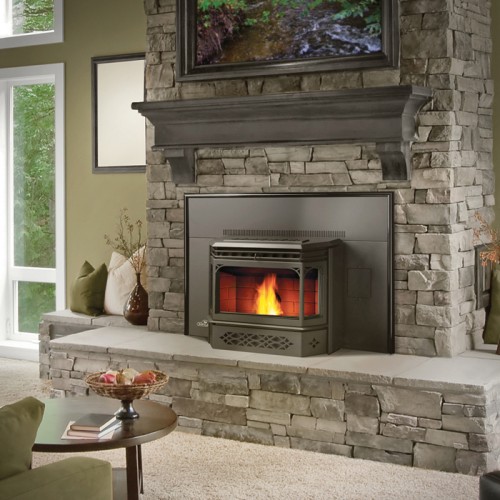 Economic advantages for using wood pellets to heat include price stability. We all know that fossil fuels can be quite volatile. Since pellets are regionally produced with waste wood, the cost has been much more constant than fuel oil, LP gas or electric rates.
Economic advantages for using wood pellets to heat include price stability. We all know that fossil fuels can be quite volatile. Since pellets are regionally produced with waste wood, the cost has been much more constant than fuel oil, LP gas or electric rates.
Pellets are usually purchased by the ton. Fifty, 40 lb. bags are shrink wrapped on a pallet. In colder climates, most people that heat with pellets go through about three to four tons of pellets each year. Pellets vary from manufacturer to manufacturer, but pellets usually sell for $210 – $250 per ton. Of course, rates and prices can vary regionally, but if comparing pellet BTU’s to the equivalent amount of fuel oil, LP gas or electricity that it takes to heat your home, pellets are less expensive.
Incidentally, many dealers offer a pre-paid discount on wood pellet orders taken over the spring and summer months. Other dealers may offer an end of the heating season special for any left-over supplies in March and April. It might be worth a phone call or email to check.
PELLET STOVES
Pellet stoves can be installed nearly anywhere in your home. If the installation is on an exterior wall, a four-inch vent pipe can be horizontally installed through the side wall. It’s always a good idea to realize at least a couple feet of vertical rise with the venting profile. This helps to establish and maintain a steady draft. It’s also wise to elbow the pipe and angle it slightly away from the side of the house. This prevents any soot from staining the siding or brick.
Clearances to combustibles for pellet stoves are usually a non-issue with a new installation. Requirements will vary from model to model and the manufacturer publishes the minimums in the owner’s manual. Just follow them and you’ll be in good shape.
PELLET INSERTS
If you have an old, outdated and inefficient wood burning fireplace, a terrific option to upgrade it would be with a pellet insert. Pellet inserts will slide into an existing fireplace opening and will extend forward on the hearth to allow easy access to the storage bin. A stainless steel liner is installed up the existing chimney to properly vent the new equipment. And, like all inserts, a decorative panel will be added to both sides and the top of the inset to close up the rest of the existing fireplace opening.

EASY TO USE & CONVENIENT
We’ve mentioned that pellets come packaged in 40 lb. bags. It’s very important that your pellet supply stays dry. So, store them in the garage, shop, shed or basement, off a damp floor. An area approximately 6’ high x 6’ wide x 6’ deep is needed to store 3 tons of pellets.
How long a bag of pellets lasts, depends on how much heat you’re getting from your stove or insert. The more heat, the quicker you’ll go through a bag. Less heat equals longer burn times per bag. Poor heat from your appliance? This may be of help. [Link to: Why is my pellet stove not heating?] Most pellet stoves and inserts will generate heat in the range of 8000 – 40,000 BTU’s/hour.
Hopefully, you see the advantages of heating your home, or providing supplemental heat to your home, with wood pellets. They’re versatile, easy to use and good for our environment!
